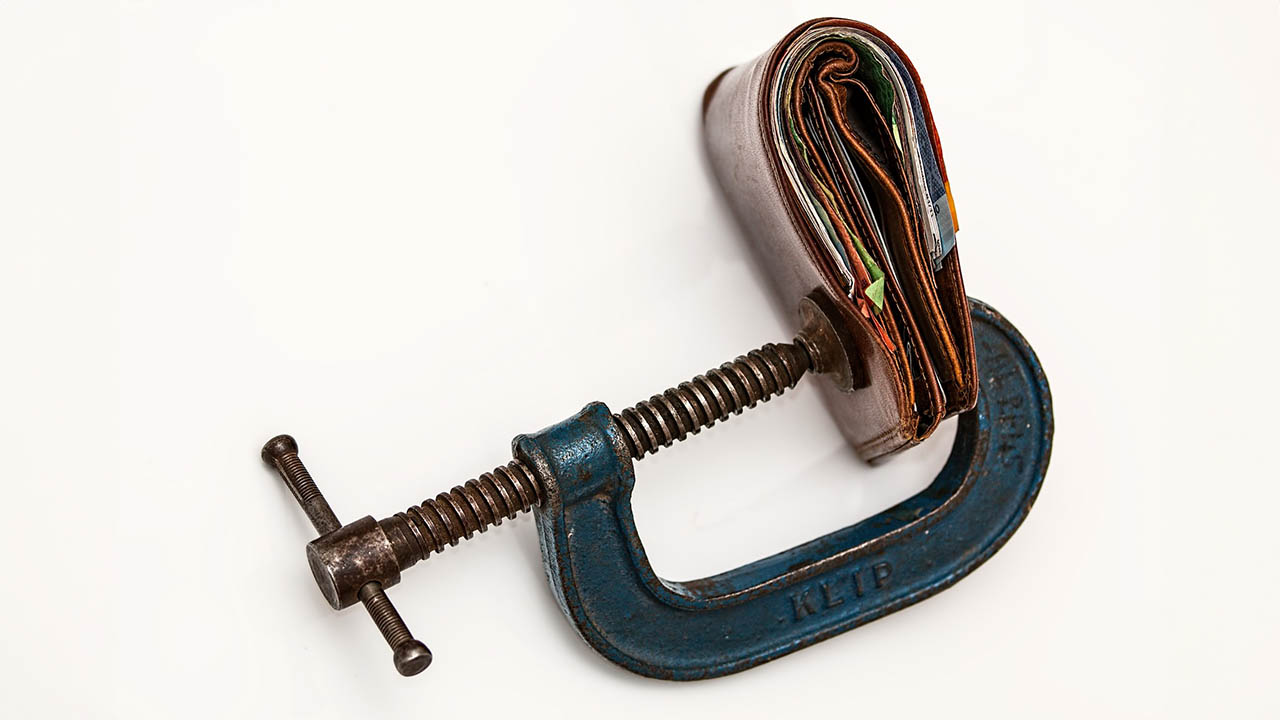The impact of Part X & Section 73 Compositions on bankruptcy.
Share

Personal Insolvency Agreements (Part X) and Section 73 Compositions – the method of avoiding Bankruptcy or ending a Bankruptcy early.
The Bankruptcy Act 1966 (‘the Act’) includes a provision (Part X) that allows individuals in financial distress to make an offer to their creditors, called a Personal Insolvency Agreement (‘PIA’), in an attempt to avoid Bankruptcy and satisfy the debts of their creditors.
The Act also includes a provision (section 73 of the Act), that allows a Regulated Debtor who is bankrupt (‘RD’) to make an offer to their creditors to satisfy their debts and end their Bankruptcy early. Both mechanisms require creditors to vote to accept the proposal at a meeting of creditors and requires the Trustee to provide a recommendation as to whether creditors should or should not accept the offer.
Process for a PIA
The process begins with an individual signing an authority pursuant to Section 188 of the Act, giving the Trustee (termed the ‘Controlling Trustee’) control over their assets and requiring them to call a meeting to consider the proposal. The individual (termed ‘the Debtor’) must also complete a Statement of Affairs (detailing all the assets, liabilities and personal information of the Debtor). The Debtor must also draft a PIA, detailing the terms of the proposal to be made to creditors.
Once these documents have been lodged and accepted by the Australian Financial Security Authority (‘AFSA’), the Controlling Trustee will then prepare a report to the creditors, setting out the following information:
- Detailing the personal information of the Debtor;
- Detailing the assets and liabilities of the Debtor, including likely realisable value of the assets;
- Outlining investigations that have been completed into the Debtor’s examinable affairs, including the details of any antecedent transactions, interest in Trusts, interest in Companies and any other likely recoveries should the Debtor become a Bankrupt;
- Providing a comparison between what the creditors are likely to receive under the proposal versus if the Debtor was to become Bankrupt; and
- A recommendation from the Controlling Trustee as to whether the proposal should or should not be accepted.
The Report to Creditors will also include a notice of meeting and other documents relating to the meeting of creditors, which must be held within 30 business days of the Section 188 authority being signed.
In preparation for the meeting of creditors, the Controlling Trustee must adjudicate on all creditor proofs of debt and admit them for the meeting of creditors. This process is particularly important to ensure that only legitimate creditors are allowed to vote at the meeting of creditors and that related party creditors are only admitted to vote for verified debts.
At the meeting of creditors, the proposal is only accepted if the majority of the creditors voting at the meeting vote in favour of the proposal and at least 75% in value of the creditors voting at the meeting vote in favour of the proposal.
In the event that the proposal is accepted, the Debtor signs the PIA and undertakes to fulfil the terms of the PIA and the PIA Trustee distributes the funds accordingly.
Elements to consider in relation to a PIA
- The process to undertake a PIA from beginning to end can be expensive and generally require an upfront payment to begin the process.
- The signing of a Section 188 authority is an act of Bankruptcy, this can later be used by a creditor to apply to the Court to make the Debtor a Bankrupt.
- The process can be used to protect the assets of a Debtor, as not all assets of a Debtor must be included in a proposal and can be retained if the proposal is accepted.
- A Debtor cannot act as a Director of a Company whilst subject to a Personal Insolvency Agreement.
- Signing a Section 188 Authority can adversely affect the Debtors long-term credit rating.
- If a proposal is accepted by creditors at the meeting, a creditor may still make an application to Court to set aside the PIA on the basis it is prejudicial or not in the interests of creditors generally.
Process for a Section 73 Composition
The process for Composition is very similar to that of a PIA, however, the process can only occur once a person has already become bankrupt. The process begins with a Regulated Debtor providing a written proposal to their Trustee.
At that point the Trustee will issue creditors with a Report that outlines the following:
- Detailing the personal information of the Regulated Debtor;
- Detailing the assets and liabilities of the Debtor, including likely realisable value of the assets and the likely income contributions that the Regulated Debtor will be required to make for the duration of the Bankruptcy;
- Outlining investigations that have been completed into the Debtor’s examinable affairs, including the details of any antecedent transactions, interest in Trusts, interest in Companies and any other likely recoveries that will be made during the Bankruptcy;
- Providing a comparison between what creditors are likely to receive under the proposal versus if the Regulated Debtor was to remain a Bankrupt; and
- A recommendation from the Trustee as to whether the proposal should or should not be accepted.
The Report to Creditors will also include a notice of meeting and other documents relating to the meeting of creditors, which must be held as soon as is practicable.
As with a PIA, the Trustee must go through the same steps in relation to adjudication of creditor claims and the proposal is only accepted if the majority of the creditors voting at the meeting vote in favour of the proposal and at least 75% in value of the creditors voting at the meeting vote in favour of the proposal.
If the proposal is accepted, the Bankruptcy is immediately annulled and the Regulated Debtor is then required to undertake the terms of the proposal and the Composition Trustee will distribute the funds accordingly.
Elements to consider in relation to a Section 73 Composition
- If the proposal is not accepted, the Regulated Debtor will remain Bankrupt;
- The proposal must consider making provision for the fees of the Trustee of the Bankruptcy and the Composition;
- The Trustee may also require an upfront payment to meet the costs of drafting the Report to Creditors and calling the meeting;
- The Trustee will seek to complete all investigations into the Regulated Debtor’s examinable affairs so he/she can provide full disclosure to creditors to enable them to be fully informed before deciding whether to accept or reject the property. This may delay calling the meeting of creditors until all investigations have been completed.
Both of the above processes are genuine mechanisms for avoiding or ending Bankruptcy early. However, before embarking on either process, significant consideration needs to be given to the likely requirements of the Trustee and the likely return creditors are going to require to vote in favour. Before undertaking either process, getting expert advice is critical to maximising the likelihood of any proposal being accepted. If you have any questions, or you or a client are experiencing financial distress, please contact Brodie Hilet or Neil McLean on (03) 9670 8700 for a confidential and obligation-free discussion.







